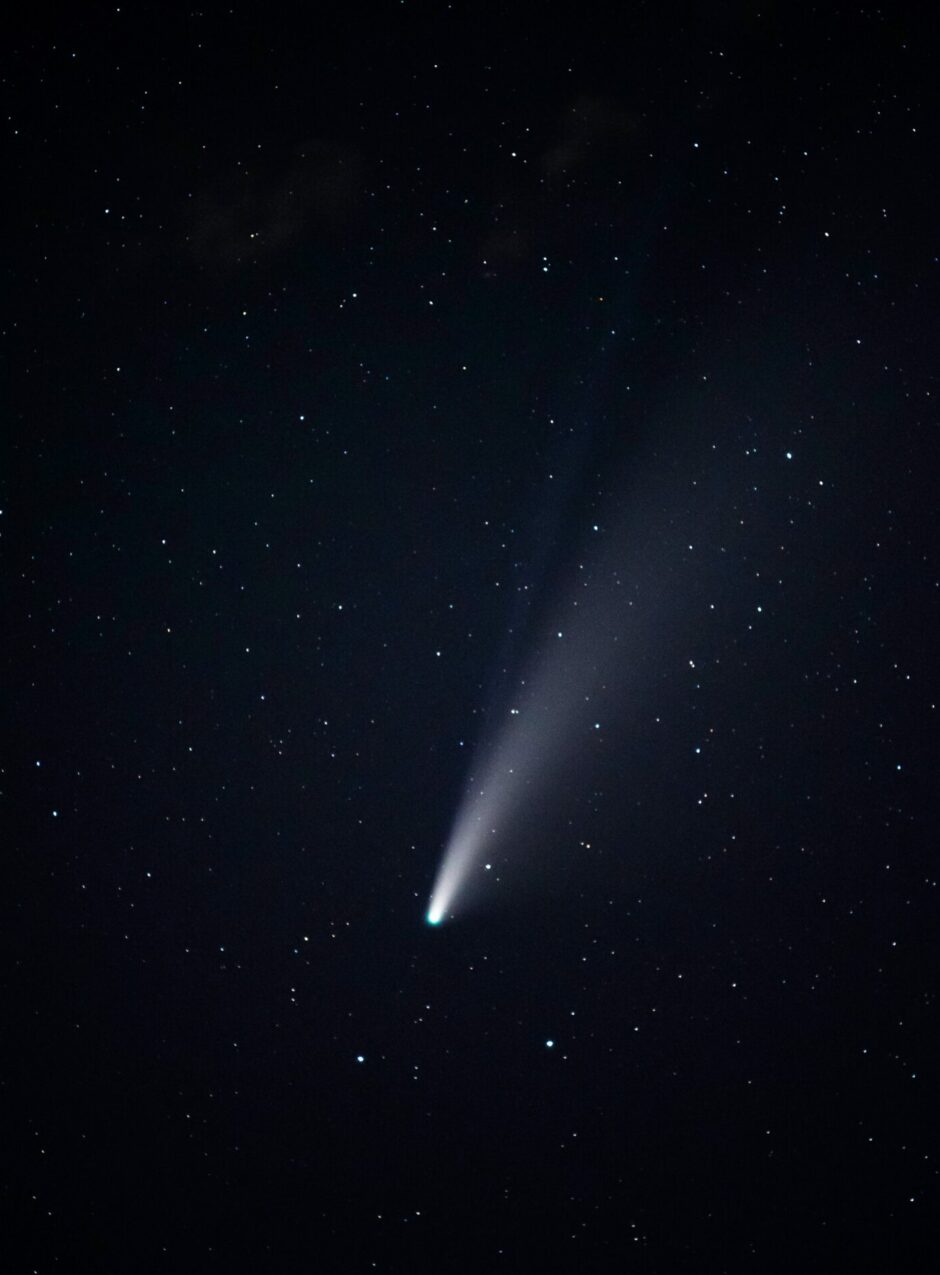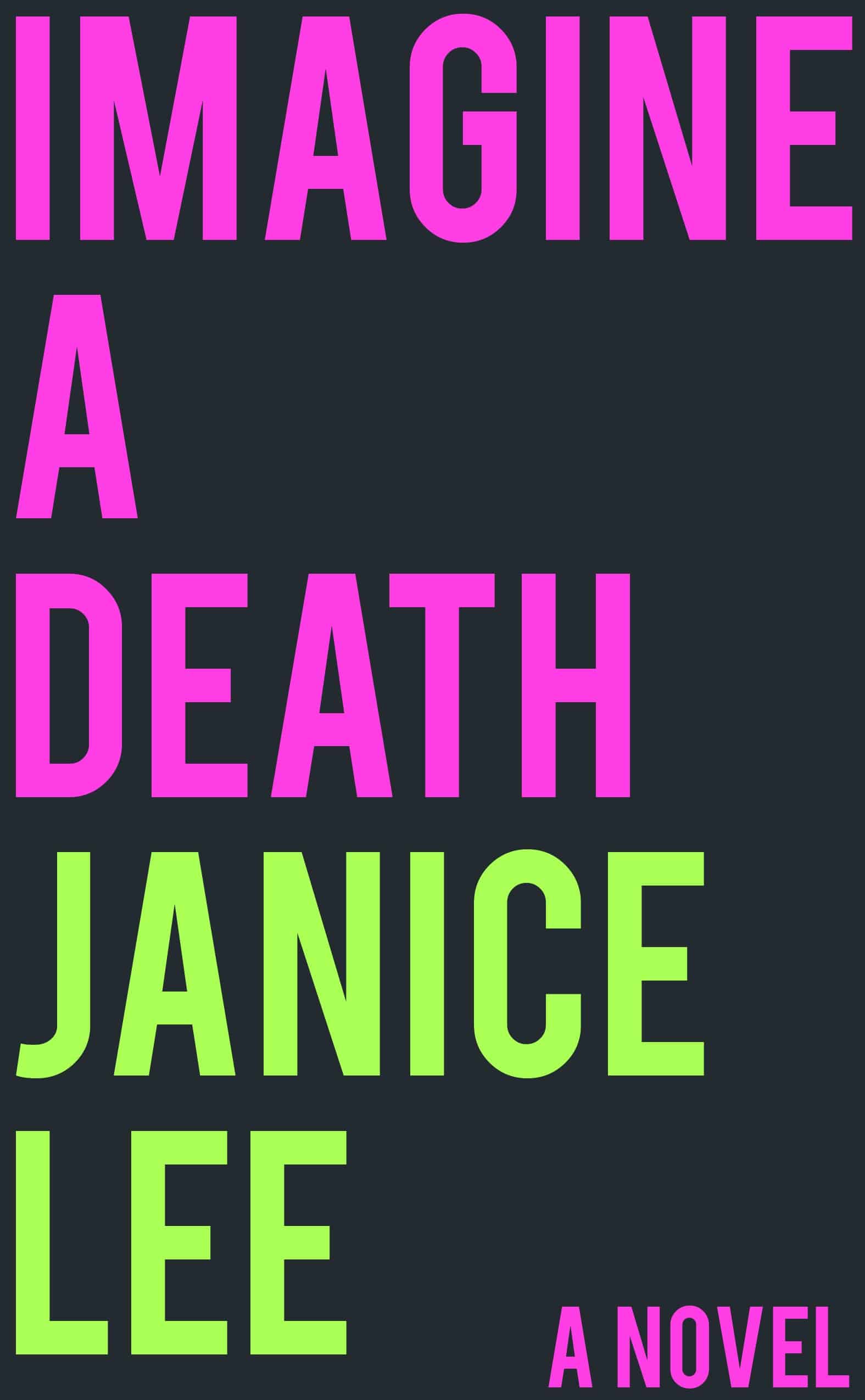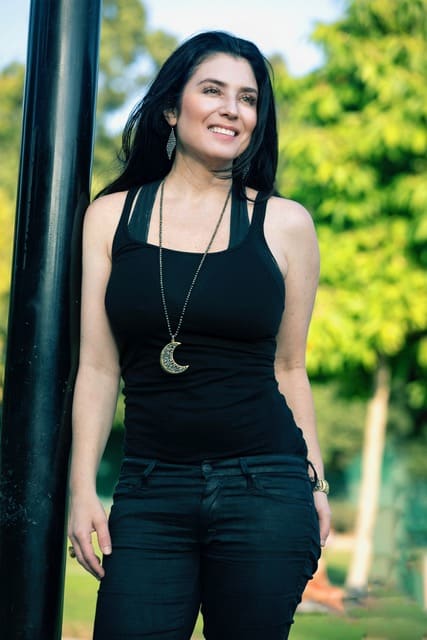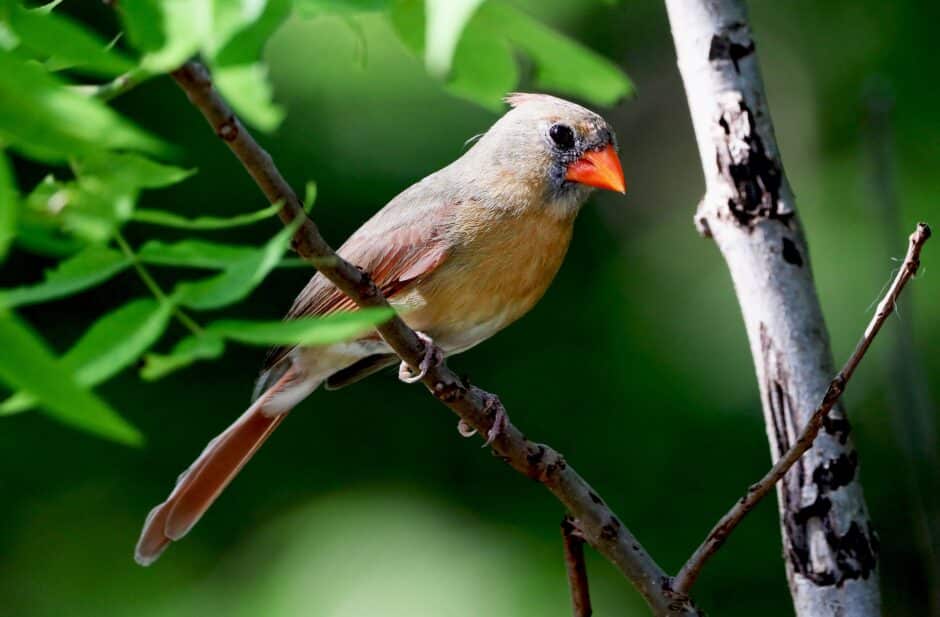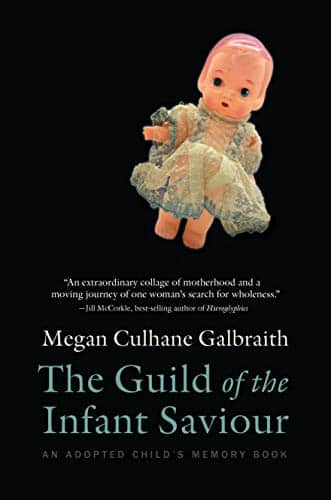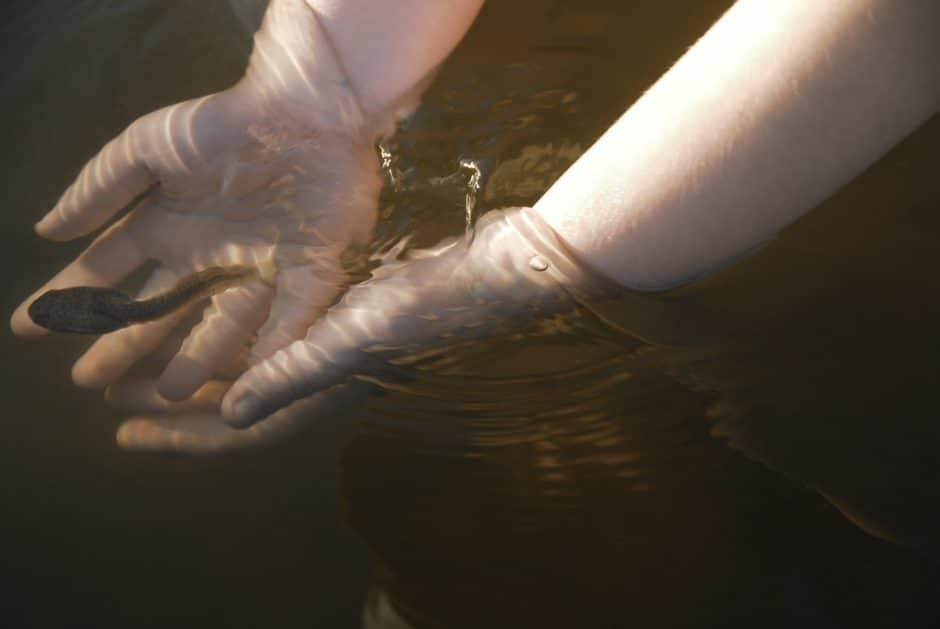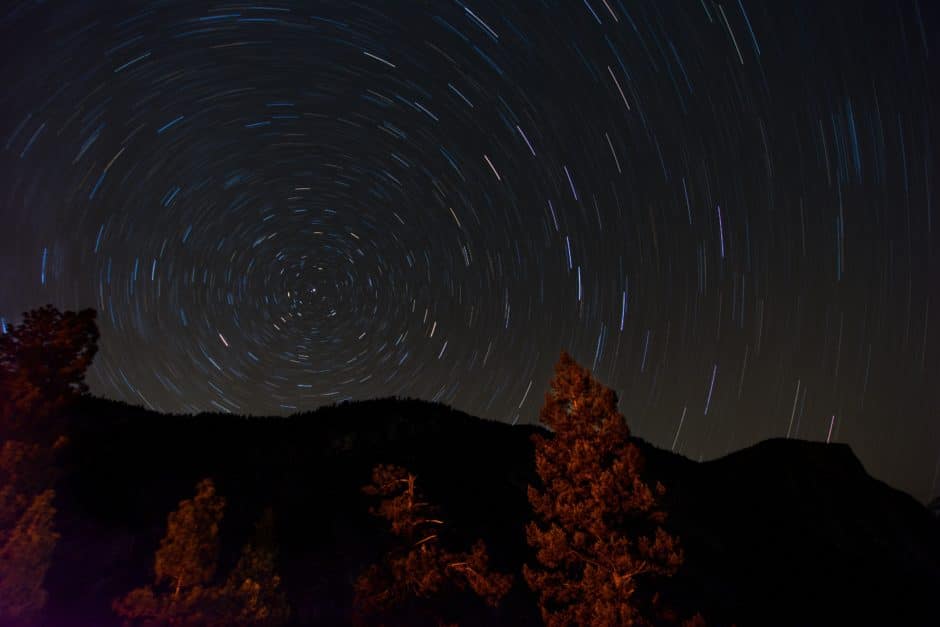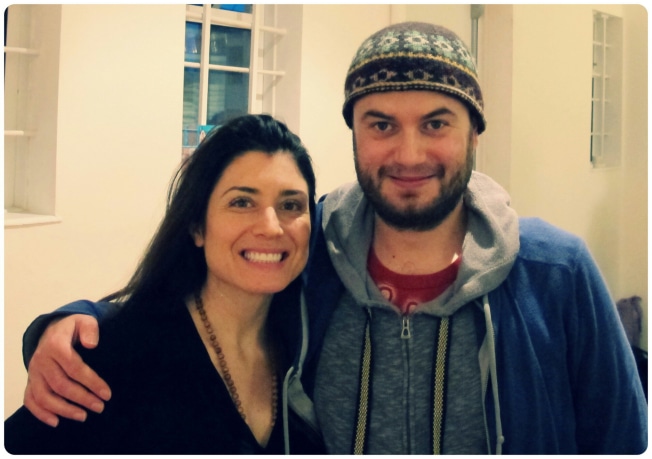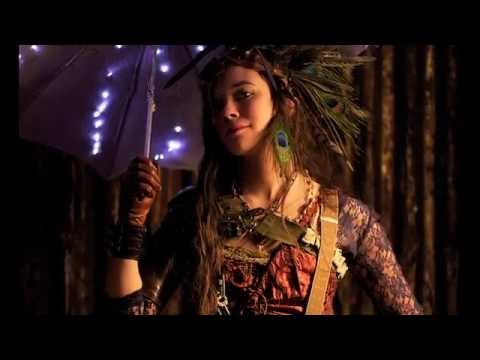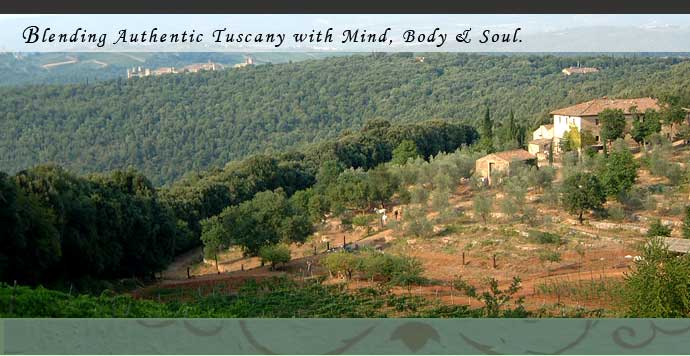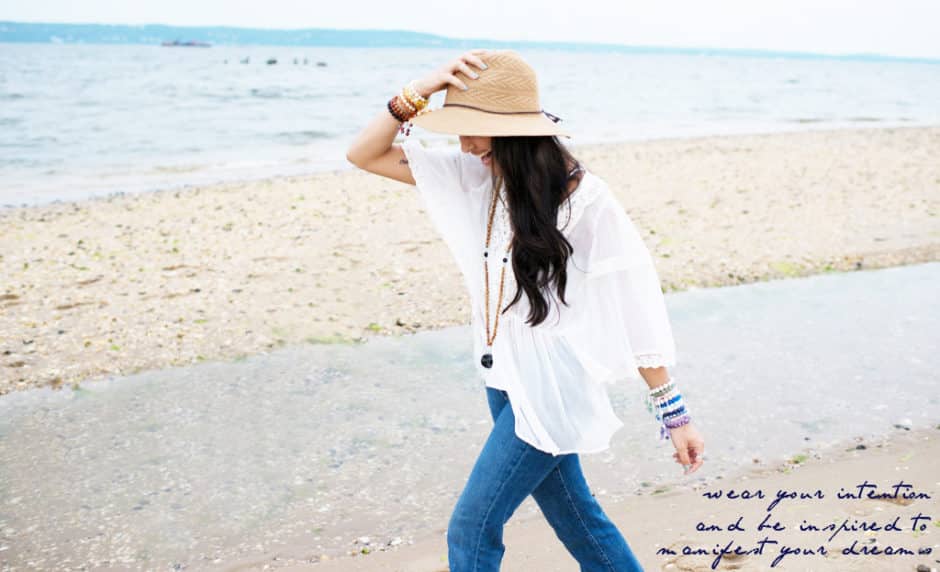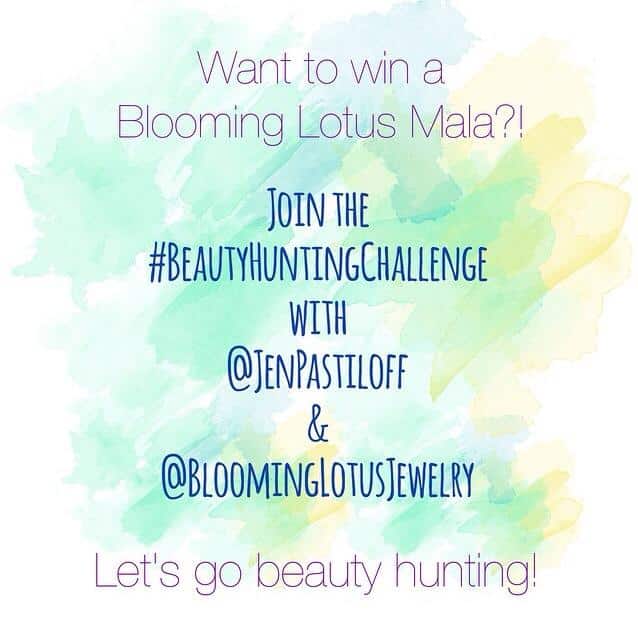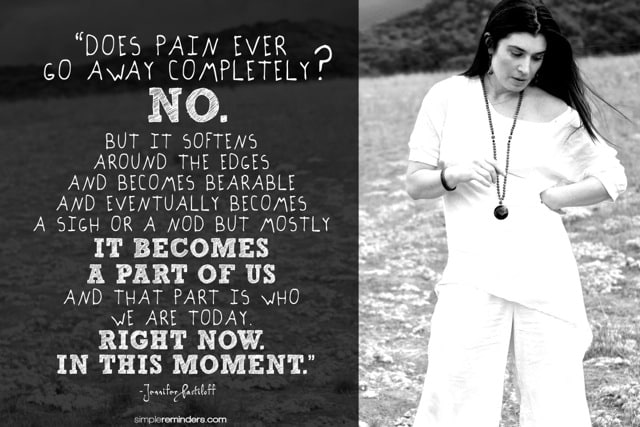by Natalie Torentinos
Three years ago, I was lying on abandoned elementary school bleachers staring at the sun. My sweaty skin burned against the unyielding metal, but I didn’t care.
It was August in South Carolina. My three friends and I rode our bikes for nearly 10 miles along narrow roads with no sidewalks and little shade to the path of totality because we couldn’t find any hotel rooms in Charleston. My whole body ached from peddling, hand signaling, and sitting on an uncomfortable saddle. But this was all to experience a cloudless afternoon fall instantaneously into darkness and eerie quiet for a few precious moments.
What did past generations think of these events, I thought, without any warning?
This irregularity of light and shadow left me feeling envious of anyone underneath clear skies for the great conjunction of Jupiter and Saturn. A series of internet searches left me feeling sentimental for events I never knew happened or would never live long enough to see.
The astronomy community once dubbed Comet ISON a famous “sun-grazer,” or comet which flies just under 870,000 miles from the Sun. This comet spent most of its life from just beyond Pluto until a few million years ago, when it was gently nudged from its home by the gravity of a moving star. ISON entered our inner solar system with all the hopes of scientists resting on its frozen and rocky surface.
Scientists hoped ISON might survive its dalliance with our sun and be a spectacular sight in the night sky, visible to the naked eye. But it was not meant to be. As it passed our yellow star, ISON dissolved into nothing but dust and vapor.
The astrophysicist observing ISON commented that its disintegration was “a process of heartbreak.”
When I think back to how I felt watching the solar eclipse, I could understand the attachment and anticipation for an object flying more than 800,000 miles away, but ISON’s tribute was made all the more poignant by marrying the language of emotion and science.
I feel the constant struggle between emotion and the adherence to guidelines dictated by science. Seeing friends and family these days is, perhaps, a journey too close to the sun, but our basic human needs are not so different from the forces of gravity. No one wants to stargaze alone on a cold winter night.
Pandemics and celestial events, both cyclical in nature and harbingers of doom, connect distant generations. The last time Jupiter and Saturn were ever this close, a plague began in northern Europe belonging to a cycle of epidemics often referred to as the “Second Pandemic,” which started with the Black Death and kept recurring at regular intervals over decades. People were ordered to stay indoors for one month after the death or infection of someone in a household. As we communicated and entertained ourselves mostly from our homes, I wondered how past generations managed seclusion and feelings of loneliness. How can we comprehend periods of history when letters would be the only source of comfort, if they could read and write at all, and when modern medicine could not prescribe an effective treatment or vaccine in such short order?
Despite our modern comforts, we have become all too familiar with the process of heartbreak, but the pain hasn’t been fully realized, maybe because we know this isn’t over yet. Maybe it’s because we’re not accustomed to collective mourning. Maybe we are afraid to acknowledge our own deviations from the prescribed path of limited human interaction.
My friend’s brother wanted to surprise their parents with a holiday visit. He self-quarantined for two weeks and then drove cross-country nonstop for almost 30 hours, sleeping in his car and never staying in a hotel, only to develop flu-like symptoms upon arriving at their family’s home. All subsequent COVID tests came back negative, but the effect was crippling just the same. My friend, who had initially rejoiced at the idea of finally being reunited, could only cry in the driveway before daring to see him. They saw each other on Christmas through zoom.
Another friend lost her job this past year, and since her parents are both doctors in their 70s, she resolved to not see them until all were vaccinated. She was prepared to spend Christmas ordering takeout and binge-watching Orange is the New Black, but one of her neighbors, also single and recently unemployed, made her a dinner of brined herb chicken. They ate the meal separately in their apartments, apart yet perfectly aligned.
I attended a small gathering of family friends on Christmas Eve. Each person ate at their own table spaced at least six feet apart. After the meal, the hosts directed us to the living room, and while seated six feet apart from one another and wearing masks, we listened to Christmas carols on a 1920s Victrola phonograph record player. I heard those reedy voices singing to us in that living room, these voices of nameless and faceless people who likely lived through the 1918 pandemic, as if they were traveling across decades to comfort us in a time of uncertainty.
Christmas caroling and nativity plays were cancelled during the pandemic of 1918, but people continued to gather. One difference between now and then, however, is that while viruses were too small to be seen by any available microscope, we can now see detailed images of their structures. One news article pointed out that COVID-19 looked “otherworldly, a death star floating in deep space, with curious stars glimmering in the distance.”
It seems that microscopes, like telescopes, can see into deep space and instill a sense of wonder – and fear.
The collapse of Puerto Rico’s Arecibo Telescope seemed an apt representation for a growing weariness of science. The 305-metre wide dish assessed asteroids and observed spinning stars for more than 50 years. An astronomer likened the loss to “losing an elderly relative,” as it persevered through the pitfalls of life – budget cuts, natural disasters, and periods of neglect. A student who saw the telescope through a research program said it hurt to talk about the observatory in past tense.
While navigating the varying emotions we’re all experiencing – whether due to losing one’s health, job, or sense of safety – it can be difficult to contemplate how we transition from present to past tense. Will there come a time when I sit a young child on my knee and start a story with, “back in the COVID days”?
I long to toss out the mask hanging from my car’s rearview mirror, but even when that day comes, these invisible death stars will linger in the air. Science may indicate that an acceptable level of immunity has been reached, but what will our emotions dictate? I suspect the same forces compelling us to gather now will compel us to look upon large crowds and cramped spaces with suspicion in the future.
Will we confront our changed psyches as the pandemic’s long-term effects cast an ever-growing shadow?
We are not so different from the universe, one that is both ever-changing and predictable. A pandemic will happen again; we will praise scientists, and we will ignore science-driven restrictions placed on us. We will take for granted the comforts past generations suffered without. We will find ways to assuage our grief.
Three years from now, the next total solar eclipse will cross the United States. When the moon and sun cross paths again, I will ask my friends to gather together so we can watch and wonder – about the past, the future, and all the worlds we cannot see.
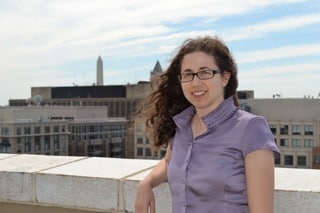
Natalie Torentinos is a lobbyist for a medical society in Washington, D.C., but earlier in her career worked as a reporter for several weekly and daily newspapers in Texas and Pennsylvania. She holds a bachelor’s in history and journalism from the University of Delaware and a master’s in political management from the George Washington University.
~~~~~~~~~~~~~~~~~~~~~~~~~~~
If you’ve had the opportunity to take a class from Janice Lee (we highly recommend her class at Corporeal Writing) then you understand why we are excited about her forthcoming book, Imagine a Death. Her work is, frankly, groundbreaking both in terms of form and content. If you aren’t familiar with Janice, check her out. A description of Imagine a Death. from her website:
A depiction of the cycles of abuse and trauma in a prolonged end-time, Imagine a Death examines the ways in which our pasts envelop us, the ways in which we justify horrible things in the name of survival, all of the horrible and beautiful things we are capable of when we are hurt and broken, and the animal (and plant) companions that ground us.
Join us in preordering her book now, and if you take a class with her, let her know we sent you. Preorder a copy today at Bookshop.org or Amazon.
~~~~~~~~~~~~~~~~~~~~~~~~~~~
Anti-racist resources, because silence is not an option
~~~~~~~~~~~~~~~~~~~~~~~~~~~

